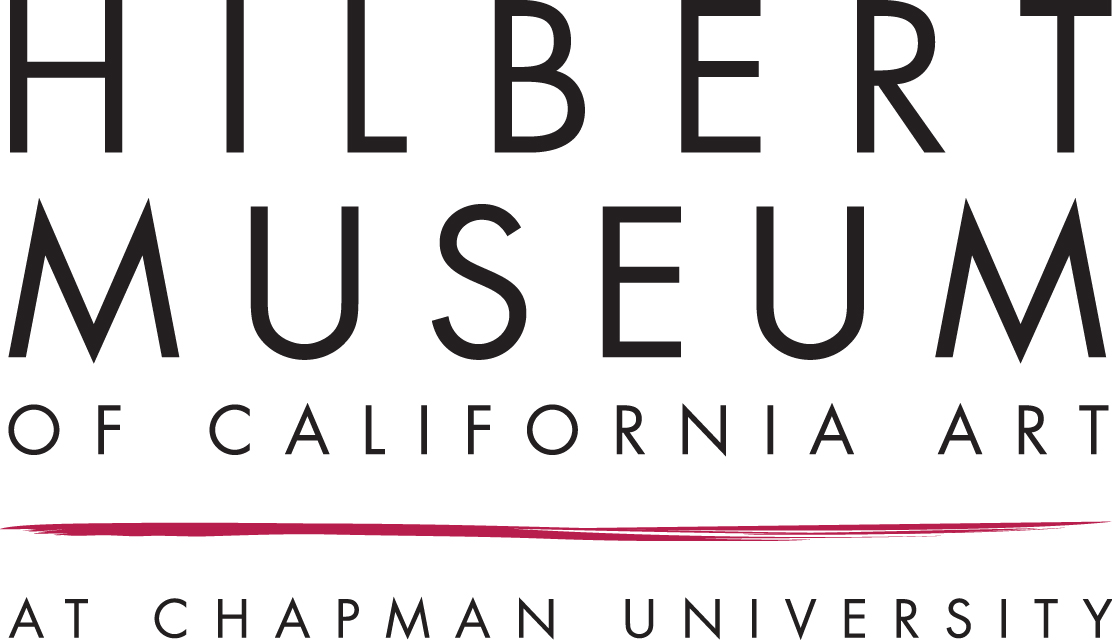Fred Rochlin
Fred Rochlin was a 20th century Renaissance man who was accomplished and successful as an architect, landscape architect, performer, author and artist. He was a native of Nogales, Arizona, born November 4, 1923. His parents were Russian Jewish immigrants who settled in Nogales in 1917. Fred was born and raised in the house his parents built on a twenty-three acre property in the Sonoran desert. He attended Nogales public schools and was inducted into the Nogales High School Hall of Fame.
His service in World War II made him the 5th most decorated flying officer in Arizona. After earning a degree in architecture from the University of California, Berkeley, he apprenticed in the offices of renowned architects Charles Eames and Lloyd Wright. In 1952, Fred Rochlin became a founding partner in the Los Angeles firm of Rochlin & Baran, Architects, Planners and Engineers, currently RBB, health care specialists of national reputation. He also served on the Los Angeles Planning Commission and the California State Board of Landscape Architecture Examiners.
While professionally engaged, in his spare time he conducted a passionate search of data and images documenting the history of early Jews in the Southwest. This culminated in the book published by Harper Collins, Pioneer Jews written by his wife, Harriet Rochlin while he provided the photographs.
After retiring from his architectural practice in 1986, he devoted much of his remaining years to the fine arts. He painted watercolors and received fellowships from the Mac Dowell Artist Colony and Djerassi Resident Artist Program.
He was also the author of the book, "Old Man in a Baseball Cap" which he developed into a critically acclaimed one-man show directed by Laurie Lathem. He was married to Harriet Shapiro Rochlin for fifty-five years and they had four children, Judy, Davida, Margy and Michael and three grandchildren, Jake, Annie and Joe. He died in Santa Monica, California in 2002 of leukemia.
The Fred Rochlin Collections reside at both UCLA Special Collections and University of Arizona Special Collections.
-Davida Rochlin

